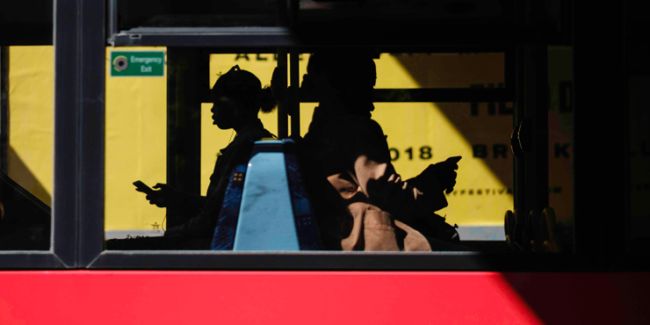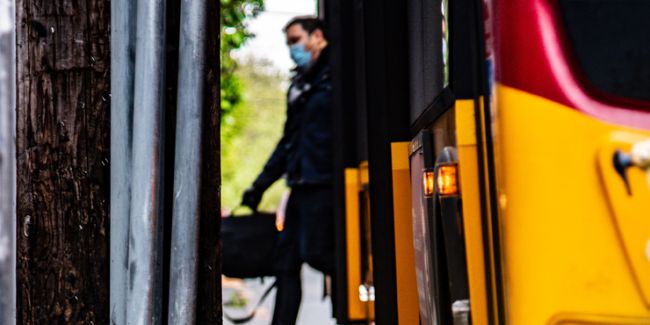A public space for everyone
In the public space, the universal accessibility is essential and it is aimed at the inclusion.
In the public space, the universal accessibility is essential and it is aimed at the inclusion, not only of disabled people, but also of all citizens regardless of their technical, cognitive or physical capacities. The universal accessibility determines that the space facilitates the mobility of all persons, releasing it from barriers and obstacles.
The European Commission has been granting annually the Access City Award since the year 2010, an award that recognises the efforts made by the cities to eliminate the mobility barriers in the public space and the transport systems. The award comprises four important aspects: accessibility in the built environment and the public spaces; accessibility to transport and infrastructure; information and communication (including new IT technologies and communication); public facilities and services. This initiative is part of the efforts made by the EU to create a Europe without barriers since the enhanced accessibility provides durable economic and social benefits to cities, especially in the context of demographic ageing.
Among the most accessible cities in 2014 are Göteborg in Sweden, Grenoble in France, and Dresden in Germany. These cities have programs for access to transport, homes, recreation, universal design, as well as interactive maps with information about accessibility to space and public services, which have benefited not only to disabled people, but also to the general population.
The universal accessibility not only provides benefits to society and its citizens, but also to the economy of cities. According to a study conducted in 2014 by The University of Surrey(England), in Europe, 142 trillion Euros are lost every year due to the lack of infrastructure, services and consideration towards disabled travellers. According to research, in 2012 travellers of the EU who required special access made 783 million trips within the region, providing 394 million of Euros and 8.7 million of job positions to the European economy.
Researchers conclude that if European destinations had universal accessibility, these figures could increase up to 44% annually. Universal accessibility and complete roads are the topics of stand inclusion of universal standards in transport projects, public space and architecture, have emerged recently in Latin-American countries, opening the opportunity to design spaces with no functional barriers for all the people. Among the requirements for the development of accessible cities are:
- Implementing the "Accessibility and Design for All" from the project planning, taking into account also the investments in modernization of long-term infrastructure.
- Personal training and infrastructure adaptations
- Communication strategies to users where facilities are established that have the different means of transport, public space and public services in the cities.
Including standards for universal accessibility in transport stations and the public space will facilitate the travelling of all persons generating a better quality of life and creating more equitable cities. Therefore, it is very important the social awareness as well as policies, rules and the application thereof by planners and constructors of cities.
Steer Davies Gleave has developed mobility plans, design guidelines and architectural project advisory in which the principles of universal accessibility are defined and included. Recently, we have worked with Corporación Ruta N Medellín in the design of the mobility plan for the Medellinovation district in Medellín, Colombia. This innovating development comprises an area of 168 hectares in which the knowledge district will be built, an area in the centre of Medellín with mixed uses, university, hospital, offices and stores. Steer Davies Gleave developed the mobility plan of this development and the pedestrian mobility strategy in which an analysis of short and direct roads was made. This generated the proposal of types of road profiles based on the principles of universal accessibility.




















